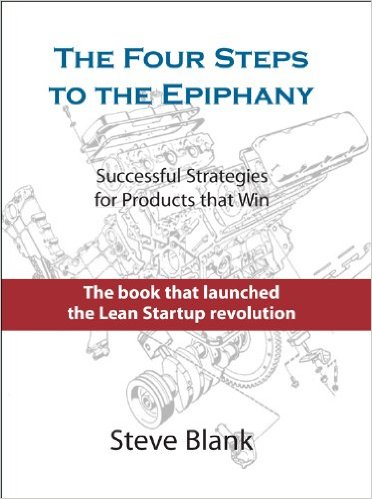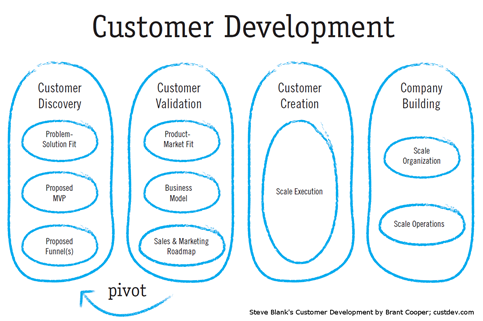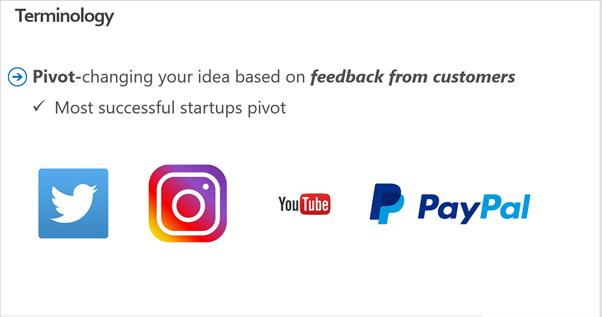No good story is without failure
Jawed Karim, Chad Hurley, Steve Chen founded YouTube. The initial concept, an online dating service, ultimately failed. However, in the process, they had built an exceptional video sharing platform. Then the infamous Justin Timberlake and Janet Jackson Halftime show incident happened. The three founders realized they couldn’t find any videos of it on the Web. They realized this type of platform did not exist. So, they made theirs the first major video sharing platform.
The idea was for non-computer experts to use a simple interface to upload and view streaming videos through standard browser and modern internet speed. Jawed Karim uploaded the first YouTube video, Me at the zoo, on April 23, 2005. This video shows Jawed at the San Diego Zoo. It currently has over 135 million views and almost 5.7 million likes. Test your idea and the customers don’t like it. That’s what happens 98% of the time. What do you do ? You learn from the experience. You listen to your customers. You change your idea based on customer feedback. That is pivoting. Most successful startups pivot.
What is the Lean Startup Methodology
It all started in 2005 when Steve Blank, a serial entrepreneur decided that in a way, entrepreneurship can be taught. He took on the challenge and put his experiences into the book, The Four Steps to the Epiphany.

The term ‘Lean Startup’ was coined by the book of the same name that was published by Eric Ries in 2011. It’s based on a process called ‘continuous innovation’. Lean Methodology is about creating customer value while minimizing waste (i.e. resources).

What is Minimal Viable Product (MVP)
The first thing you are going to do is form a customer hypothesis –
- Every experiment starts with a hypothesis
- A hypothesis is wording your ideas in a way that can be easily tested
- By turning your idea into a hypothesis, you’re constraining the idea so you can focus and learn faster
Example
X People want more immersion in entertainment
Experienced personal computer gamers that play exploration and shooting games want a more realistic experience
Minimal Viable Product (MVP) is a development technique in which a new product is developed with sufficient features to meet the top needs of early adopters. It is designed to get customer feedback. It’s the fastest way to test your idea with customers and learn if you are going in the right direction. The MVP is the smallest version of the product that you can create—in terms of effort, time, resources—to determine if you are going in the right direction. The opposite of this strategy is the 6-month long development process with the big launch at the end, and you haven’t talked to key customers yet to determine if there is a market.
Customer Development is a four-step framework developed by serial entrepreneur and business school Professor Steve Blank for –
- Discovering and validating the right market for your idea
- Building the right product features that solve customers’ needs
- Testing the correct model and tactics for acquiring and converting customers
- Deploying the right organization and resources to scale the business

What is Pivoting
If you test your idea and the customers don’t like it, which is going to happen 98 percent of the time, what do you do ? You don’t double down and say, ‘These customers are wrong’. You listen to your customers, and you change your idea based on their feedback. That is pivoting.
Change your idea based on customer feedback that is not incremental in nature. It’s not changing your idea just because you feel like it or you’re tired. It’s changing your idea and direction based on customer feedback which indicates the actual customer problems to be solved potentially leading to a much bigger business opportunity.
So, you’re expecting the teams to do a lot of pivoting. Because if you’re not changing your idea, at least a little bit, then you’re not learning anything. You have to be learning from customers and applying that learning to your business—to adjust your business to make it fit better in the market. No one hits a home run their first time swinging a baseball bat. You are not going to have the perfect product idea the first time you go out. One reason you know that pivoting is important is that most successful startups pivot –
• Twitter started out as a podcasting site called Odeo, then pivoted to become a social network for short form messages
• Instagram started as a location-based social network, but found their users preferred their photo filters to the location-based feature of the product
• YouTube was a dating website that failed
• PayPal started as a payment system over Palm Pilot, but that didn’t work so they moved over to focusing on email payments
So, all of these extremely successful startups began as companies that focused on one thing that the founders were really passionate about, and later realized what the customers wanted and changed their focus— in other words, pivoted.

When to use design thinking versus the lean startup approach
Design thinking encourages to take a divergent approach, to explore new alternatives, new solutions, new ideas that have not existed before. Ideation is the creative process of generating, developing, and communicating new ideas, where an idea is understood as a basic element of thought that can be either visual, concrete, or abstract. Ideation comprises all stages of a thought cycle, from innovation, to development, to actualization. Create choices by using ideation techniques like brainstorming. Finalize the top ideas based on user feedback, business goals, technology feasibility, etc. Read more about how to solve the most pressing problems for your customers and how design thinking process works.

Design thinking helps discover the ideas that have the best chance of survival. Design thinking helps convert these ideas into prototype. The Lean Startup Methodology can improve the chances of top ideas moving from prototype to MVP. Read more about how rapid prototyping helps save time, cost, effort.
| Design Thinking | Lean Startup |
| Think breadth | Think depth |
| Explore | Refine |
| Identify the right customer problem | Solve the right customer problem |
| Needs driven | Hypothesis driven |
| Empathize – Prototype – Test | Build (MVP) – Measure – Learn |
Both approaches are distinct, but they can be used in tandem. Knowing when to use one or the other or both in tandem is important. Using design thinking approach for a limited launch of a new concept will reduce the risk. Using the Lean Startup methodology for refinement will improve the chances of success.
What has most value
Building a great customer experience does not happen by accident. It happens by design. – Clare Muscutt
A 5-step process for nearly anything –
(1) Explore widely. Find out what is possible.
(2) Test cheaply. Run small, quick experiments. Sample things based on customer feedback.
(3) Edit ruthlessly. Focus on the best. Cut everything else.
(4) Repeat what works. Don’t quit on a good idea.
(5) Return to 1

How do you engage with your customers ?
How do you drive customer feedback into your design process ?
Do share in the comments!
Like this article ? How about giving it a like and share ? Thank you!
